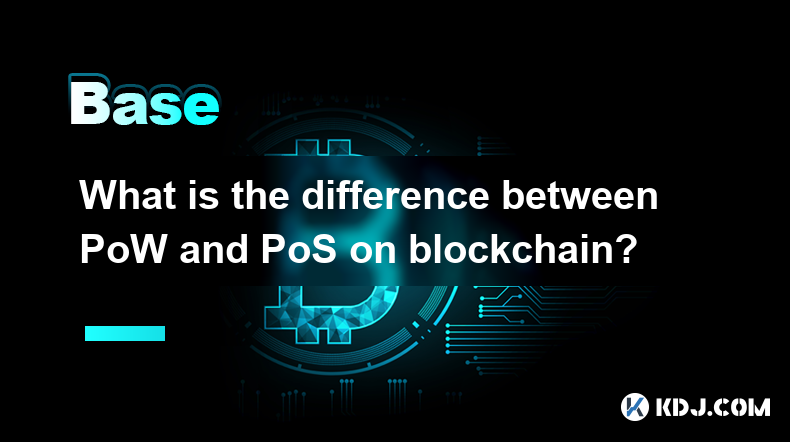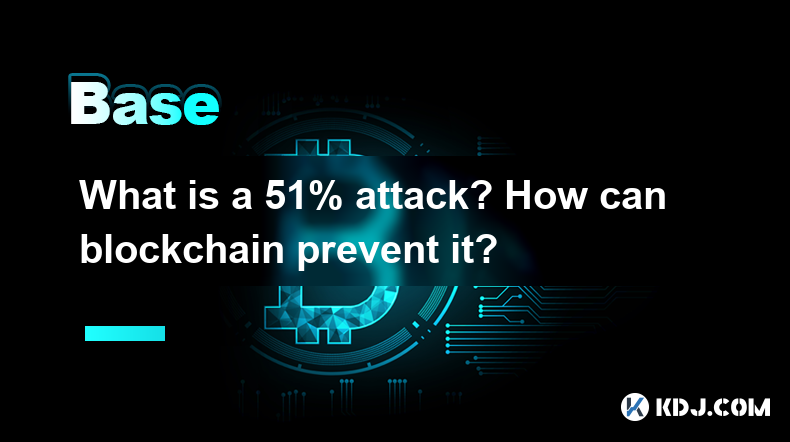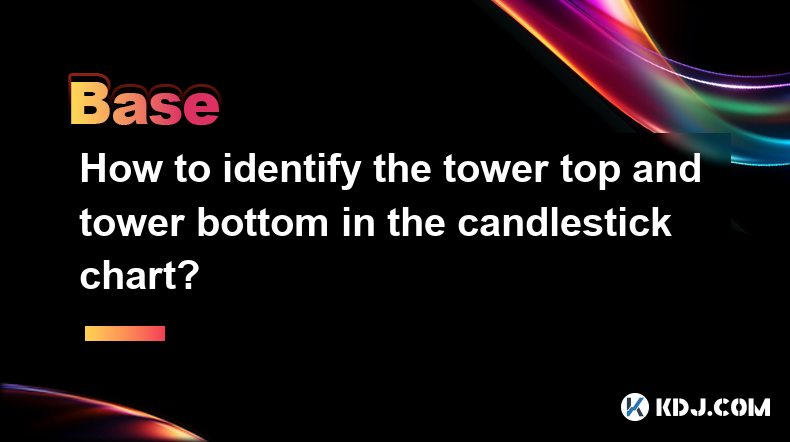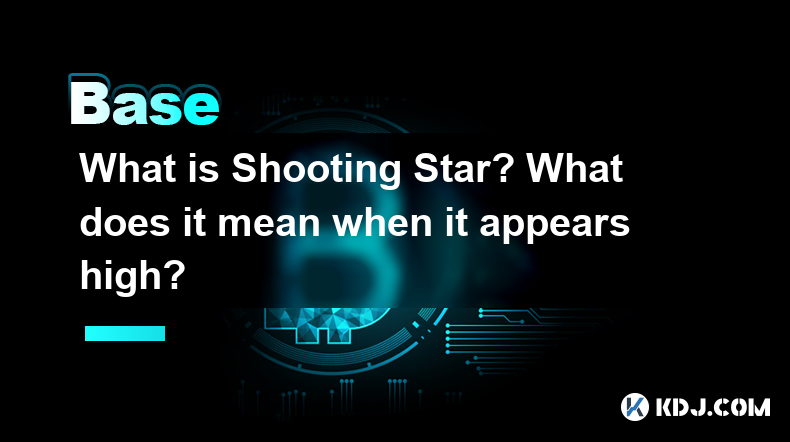-
 Bitcoin
Bitcoin $82,824.9927
0.15% -
 Ethereum
Ethereum $1,812.0443
0.86% -
 Tether USDt
Tether USDt $0.9996
-0.01% -
 XRP
XRP $2.0531
1.26% -
 BNB
BNB $590.8048
0.24% -
 USDC
USDC $0.9999
0.00% -
 Solana
Solana $116.7059
-2.14% -
 Dogecoin
Dogecoin $0.1609
-2.09% -
 Cardano
Cardano $0.6477
0.87% -
 TRON
TRON $0.2377
1.97% -
 Toncoin
Toncoin $3.5900
-6.66% -
 UNUS SED LEO
UNUS SED LEO $9.4427
0.64% -
 Chainlink
Chainlink $12.8223
-0.83% -
 Stellar
Stellar $0.2611
1.72% -
 Avalanche
Avalanche $18.0751
0.35% -
 Sui
Sui $2.2399
-2.19% -
 Shiba Inu
Shiba Inu $0.0...01216
1.00% -
 Hedera
Hedera $0.1620
0.81% -
 Polkadot
Polkadot $4.0442
1.99% -
 Litecoin
Litecoin $83.2343
1.73% -
 MANTRA
MANTRA $6.4018
1.55% -
 Bitcoin Cash
Bitcoin Cash $299.5860
1.69% -
 Bitget Token
Bitget Token $4.4848
0.14% -
 Dai
Dai $1.0000
0.03% -
 Ethena USDe
Ethena USDe $0.9995
-0.03% -
 Monero
Monero $214.4863
0.12% -
 Hyperliquid
Hyperliquid $11.7593
-1.70% -
 Pi
Pi $0.5730
-12.73% -
 Uniswap
Uniswap $5.8248
-0.06% -
 Aptos
Aptos $5.0467
-0.83%
What is the difference between PoW and PoS on blockchain?
Proof-of-Work (PoW) uses energy-intensive mining to secure blockchains, while Proof-of-Stake (PoS) achieves security through staked cryptocurrency, offering a more energy-efficient alternative.
Mar 12, 2025 at 05:55 pm

Key Points:
- Proof-of-Work (PoW): Secures the blockchain through computationally intensive mining, requiring significant energy consumption. Rewards are given to miners who successfully solve complex cryptographic puzzles. Bitcoin uses PoW.
- Proof-of-Stake (PoS): Secures the blockchain by allowing validators to "stake" their cryptocurrency holdings. Validators are chosen to create new blocks based on the amount of cryptocurrency they've staked. This is generally more energy-efficient than PoW.
- Key Differences: PoW relies on computational power, while PoS relies on staked cryptocurrency. PoW is generally more energy-intensive, while PoS is considered more environmentally friendly. PoW has higher barrier to entry for miners, while PoS has higher barrier to entry for validators due to the stake requirements.
What is Proof-of-Work (PoW)?
Proof-of-Work (PoW) is a consensus mechanism used in blockchain networks to validate transactions and add new blocks to the chain. It relies on a competitive process where miners use powerful computers to solve complex mathematical problems. The first miner to solve the problem gets to add the next block of transactions to the blockchain and receives a reward in cryptocurrency. This process requires significant computational power and energy consumption. Bitcoin, the first and most well-known cryptocurrency, utilizes PoW.
How does PoW secure the blockchain?
The difficulty of the cryptographic puzzles in PoW makes it computationally infeasible for malicious actors to alter the blockchain's history. Any attempt to change past transactions would require immense computing power, exceeding the combined power of honest miners, making such an attack extremely costly and impractical. The decentralized nature of PoW, with many miners competing globally, further enhances its security.
What are the disadvantages of PoW?
A significant drawback of PoW is its high energy consumption. The vast amount of computational power required results in a substantial carbon footprint, raising environmental concerns. Furthermore, the cost of specialized mining hardware can be prohibitive for many individuals, leading to centralization among large mining operations. This can potentially undermine the decentralized nature of the blockchain.
What is Proof-of-Stake (PoS)?
Proof-of-Stake (PoS) is an alternative consensus mechanism that aims to address some of the shortcomings of PoW. In PoS, instead of miners competing to solve complex problems, validators are selected to create new blocks based on the amount of cryptocurrency they "stake" – essentially locking up a portion of their holdings. The more cryptocurrency a validator stakes, the higher their chance of being selected to validate transactions and add new blocks.
How does PoS secure the blockchain?
The security of PoS relies on the economic incentive for validators to act honestly. Validators who attempt to validate fraudulent transactions risk losing their staked cryptocurrency. This "skin in the game" approach discourages malicious behavior. The selection process is typically randomized, making it difficult for any single validator or group to control the blockchain.
What are the advantages of PoS?
PoS is significantly more energy-efficient than PoW, as it does not require the intensive computations involved in solving cryptographic puzzles. This makes it a more environmentally friendly option. The barrier to entry for participation is lower than PoW, as validators don't need expensive mining hardware. However, validators still need a significant amount of cryptocurrency to stake, potentially creating a barrier to entry for smaller participants.
What are the disadvantages of PoS?
While more energy-efficient, PoS still presents security challenges. A large stakeholder could theoretically amass enough stake to exert significant influence over the network. This is known as the "nothing-at-stake" problem, where validators could potentially support multiple conflicting versions of the blockchain without significant penalty. Various mechanisms are employed to mitigate these risks, but they are ongoing areas of research and development within the cryptocurrency space.
What are the differences between PoW and PoS in terms of scalability?
PoW's scalability is limited by the time it takes to mine blocks. Increasing the block size can improve transaction throughput, but it can also increase the required computational power, further exacerbating energy consumption. PoS, while not inherently scalable, offers the potential for higher transaction speeds and throughput due to the faster block creation times, often leading to quicker confirmation times for transactions. However, this is also dependent on the specific implementation of the PoS algorithm.
What are the differences between PoW and PoS in terms of decentralization?
PoW's decentralization is often challenged by the high cost of entry for miners, which can lead to large mining pools dominating the network. PoS also faces potential centralization risks due to the possibility of large stakeholders controlling a significant portion of the stake. However, PoS has the potential for greater decentralization than PoW if designed carefully, as it lowers the barrier to entry for participation and allows for more distributed validation.
What are the differences between PoW and PoS in terms of transaction fees?
Transaction fees in PoW networks are typically determined by the demand for block space. High demand leads to higher fees. PoS networks can have lower transaction fees because block creation is faster and less computationally intensive. However, the specifics of transaction fee mechanisms vary significantly between different PoS blockchains.
Frequently Asked Questions:
Q: Which consensus mechanism is better, PoW or PoS?
A: There's no single "better" mechanism. The optimal choice depends on the specific priorities of the blockchain network. PoW prioritizes security through computational power, but at the cost of high energy consumption. PoS prioritizes energy efficiency but faces potential centralization risks.
Q: Can a blockchain use both PoW and PoS?
A: Yes, some hybrid approaches combine elements of both PoW and PoS to leverage the strengths of each. These hybrid systems often attempt to address the weaknesses of each individual mechanism.
Q: What is staking in PoS?
A: Staking in PoS involves locking up a certain amount of cryptocurrency to participate in the validation process. The amount of cryptocurrency staked influences the validator's chance of being selected to create new blocks and receive rewards.
Q: Is PoS truly decentralized?
A: The decentralization of PoS is a complex issue. While it lowers the barrier to entry compared to PoW, the potential for large stakeholders to exert undue influence remains a concern. The degree of decentralization depends heavily on the specific design and implementation of the PoS system.
Q: What are the environmental impacts of PoW and PoS?
A: PoW has a significantly higher carbon footprint due to the intensive energy consumption of mining. PoS is generally considered much more environmentally friendly due to its lower energy requirements. However, the energy consumption of PoS still varies depending on the network and the size of the stake.
Disclaimer:info@kdj.com
The information provided is not trading advice. kdj.com does not assume any responsibility for any investments made based on the information provided in this article. Cryptocurrencies are highly volatile and it is highly recommended that you invest with caution after thorough research!
If you believe that the content used on this website infringes your copyright, please contact us immediately (info@kdj.com) and we will delete it promptly.
- As SHIB and PEPE Holders Seek Stability, RCO Finance Emerges as a Hedge
- 2025-04-04 07:35:11
- Cango Sells Its China Operations for $351.94 Million, Pivoting Towards Cryptocurrency Mining
- 2025-04-04 07:35:11
- Cango Inc. Pivots to Bitcoin Mining, Exiting the Chinese Auto-Financing Market
- 2025-04-04 07:30:11
- Crypto analyst CasiTrades has provided a roadmap for the XRP price
- 2025-04-04 07:30:11
- In the world of AI and blockchain, where buzzwords often outpace actual innovation, Intellex stands apart
- 2025-04-04 07:25:13
- Stablecoins shifted their weight in Q1, flowing into a new set of chains
- 2025-04-04 07:25:13
Related knowledge

Why is the oracle called the bridge between blockchain and the real world?
Apr 04,2025 at 04:00am
The concept of an oracle in the cryptocurrency and blockchain world is crucial for understanding how these decentralized systems interact with external data. The oracle is often referred to as the bridge between blockchain and the real world because it serves as a vital intermediary that fetches, verifies, and transmits off-chain data to the on-chain en...

What is a 51% attack? How can blockchain prevent it?
Apr 04,2025 at 02:08am
A 51% attack is a significant threat to the security and integrity of a blockchain network. In this type of attack, a single entity or group gains control of more than half of the network's mining power or hash rate. This control allows the attacker to manipulate the blockchain by double-spending coins, preventing the confirmation of new transactions, o...

Why can the inverted hammer shape appear at the bottom be used as a reversal signal?
Apr 03,2025 at 04:07pm
Inverted Hammer is a common K-line pattern in technical analysis, and is often regarded as a potential reversal signal when it appears at the bottom. This article will explore in detail why an inverted hammer line may be a reversal signal when it appears at the bottom, and provide specific identification and application methods. Basic characteristics of...

How to identify the tower top and tower bottom in the candlestick chart?
Apr 03,2025 at 04:03pm
In K-line chart analysis, 'Tower Top' and 'Tower Bottom' are two important reversal patterns and are usually used to predict changes in price trends. Identifying these patterns requires careful observation of the price trend and the pattern characteristics of the K-line. Below we will introduce in detail how to identify the 'tower to...

What is Shooting Star? What does it mean when it appears high?
Apr 03,2025 at 03:56pm
In cryptocurrency trading, technical analysis is an important tool to help traders predict future trends of the market. Among them, Shooting Star is a common bearish reversal pattern. This article will give you more details on what 'Shooting Star' is and what it means when it appears at a high level. The definition of 'Shooting Star'Shoo...

What is the difference between dark cloud cover and piercing shape?
Apr 03,2025 at 03:50pm
In the world of cryptocurrency trading, technical analysis is one of the important tools traders use to predict market trends and make trading decisions. Among them, 'Dark Cloud Cover' and 'Piercing Pattern' are two common reversal patterns, which have specific appearance and meaning on the K-line chart. Although they seem similar, there...

Why is the oracle called the bridge between blockchain and the real world?
Apr 04,2025 at 04:00am
The concept of an oracle in the cryptocurrency and blockchain world is crucial for understanding how these decentralized systems interact with external data. The oracle is often referred to as the bridge between blockchain and the real world because it serves as a vital intermediary that fetches, verifies, and transmits off-chain data to the on-chain en...

What is a 51% attack? How can blockchain prevent it?
Apr 04,2025 at 02:08am
A 51% attack is a significant threat to the security and integrity of a blockchain network. In this type of attack, a single entity or group gains control of more than half of the network's mining power or hash rate. This control allows the attacker to manipulate the blockchain by double-spending coins, preventing the confirmation of new transactions, o...

Why can the inverted hammer shape appear at the bottom be used as a reversal signal?
Apr 03,2025 at 04:07pm
Inverted Hammer is a common K-line pattern in technical analysis, and is often regarded as a potential reversal signal when it appears at the bottom. This article will explore in detail why an inverted hammer line may be a reversal signal when it appears at the bottom, and provide specific identification and application methods. Basic characteristics of...

How to identify the tower top and tower bottom in the candlestick chart?
Apr 03,2025 at 04:03pm
In K-line chart analysis, 'Tower Top' and 'Tower Bottom' are two important reversal patterns and are usually used to predict changes in price trends. Identifying these patterns requires careful observation of the price trend and the pattern characteristics of the K-line. Below we will introduce in detail how to identify the 'tower to...

What is Shooting Star? What does it mean when it appears high?
Apr 03,2025 at 03:56pm
In cryptocurrency trading, technical analysis is an important tool to help traders predict future trends of the market. Among them, Shooting Star is a common bearish reversal pattern. This article will give you more details on what 'Shooting Star' is and what it means when it appears at a high level. The definition of 'Shooting Star'Shoo...

What is the difference between dark cloud cover and piercing shape?
Apr 03,2025 at 03:50pm
In the world of cryptocurrency trading, technical analysis is one of the important tools traders use to predict market trends and make trading decisions. Among them, 'Dark Cloud Cover' and 'Piercing Pattern' are two common reversal patterns, which have specific appearance and meaning on the K-line chart. Although they seem similar, there...
See all articles






















































































